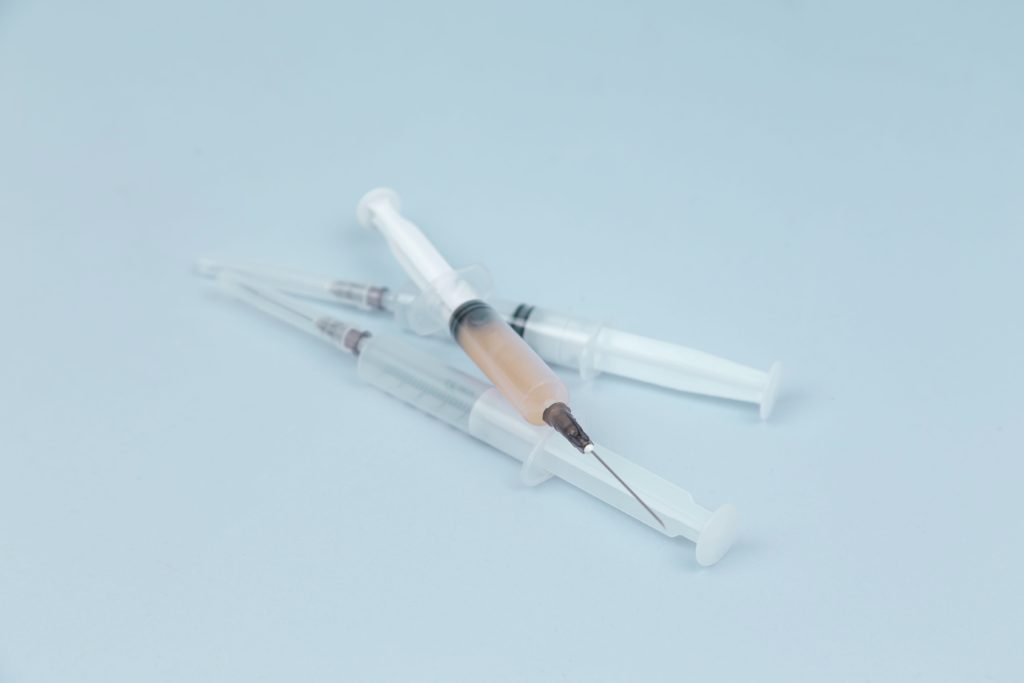What is a Controlled Substance?
Drugs and other substances that are considered controlled substances under the Controlled Substances Act (CSA) are divided into five schedules. An updated and complete list of the schedules is published annually in Title 21 Code of Federal Regulations (C.F.R.) §§1308.11 through 1308.15. Substances are placed in their respective schedules based on whether they have a currently accepted medical use in treatment in the United States, their relative abuse potential, and the likelihood of causing dependence when abused. Some examples of the drugs in each schedule are listed below.
Schedule I Controlled Substances
Substances in this schedule have no currently accepted medical use in the United States, a lack of accepted safety for use under medical supervision, and a high potential for abuse.
Some examples of substances listed in Schedule I are: heroin, lysergic acid diethylamide (LSD), marijuana (cannabis), peyote, methaqualone, and 3,4-methylenedioxymethamphetamine (“Ecstasy”).

Heroin Addiction
Heroin is a drug that reaches the brain very fast once it’s consumed, for this reason, it is very easy for a person to develop Heroin Addiction even from one or a few uses. Before we get to the main topic, let’s learn about what heroin is. According to the scientific piece ‘Heroin’, published by The National Library of Medicine, “Heroin is a white or brown powder or a black, sticky goo. It’s an opioid drug made from morphine, a natural substance in the seedpod of the Asian poppy plant.
It can be mixed with water and injected with a needle. Heroin can also be smoked or snorted up the nose. All of these ways of taking heroin send it to the brain very quickly. This makes it very addictive.
Regular use of heroin can lead to tolerance. This means users need more and more drugs to have the same effect. At higher doses over time, the body becomes dependent on heroin. If dependent users stop heroin, they have withdrawal symptoms. These symptoms include restlessness, muscle and bone pain, diarrhea and vomiting, and cold flashes with goosebumps”.
Schedule II/IIN Controlled Substances (2/2N)
Substances in this schedule have a high potential for abuse which may lead to severe psychological or physical dependence.
Examples of Schedule II narcotics include hydromorphone (Dilaudid®), methadone (Dolophine®), meperidine (Demerol®), oxycodone (OxyContin®, Percocet®), and fentanyl (Sublimaze®, Duragesic®). Other Schedule II narcotics include morphine, opium, codeine, and hydrocodone.
Examples of Schedule IIN stimulants include amphetamine (Dexedrine®, Adderall®), methamphetamine (Desoxyn®), and methylphenidate (Ritalin®).
Other Schedule II substances include amobarbital, glutethimide, and pentobarbital.
Methadone Addiction
Methadone is a synthetic opioid that is traditionally prescribed to treat moderate to severe pain. However, it is also commonly used to help in treating certain opiate addictions, such as heroin.
Suddenly stopping the use of methadone can lead to a withdrawal syndrome that, while rarely life-threatening, can be extremely unpleasant, which may increase one’s risk of relapse. The safest way to get off methadone is to work with a healthcare provider on a tapering schedule that gradually lowers the dose of the drug. A taper helps to decrease the severity of withdrawal symptoms and avoid a relapse.
For people who have been abusing the drug, completing withdrawal in a medical detox program and then engaging in formal substance abuse rehabilitation offers the best chance at success.

Schedule III/IIIN Controlled Substances (3/3N)
Substances in this schedule have a potential for abuse less than substances in Schedules I or II and abuse may lead to moderate or low physical dependence or high psychological dependence.
Examples of Schedule III narcotics include products containing not more than 90 milligrams of codeine per dosage unit (Tylenol with Codeine®), and buprenorphine (Suboxone®).
Examples of Schedule IIIN non-narcotics include benzphetamine (Didrex®), phendimetrazine, ketamine, and anabolic steroids such as Depo®-Testosterone.
Suboxone Addiction
Suboxone contains a combination of buprenorphine and naloxone. Buprenorphine is an opioid medication, and naloxone blocks its narcotic effects. This way, a patient can take buprenorphine for chronic pain, anxiety, insomnia, and other conditions without getting the “high” people often experience with opioids.
In theory, this should prevent opioid abuse. However, many patients overuse Suboxone for reasons other than highs. For example, they might use it in search of a better night’s sleep, or because their pain might be very severe. When someone develops a dependence or addiction to Suboxone, they may experience severe withdrawal symptoms when trying to stop the use. A medically-assisted Suboxone detox can prevent these symptoms.
Suboxone comes as a tablet and in a film or strip that dissolves under the tongue. Patients should never inject or crush Suboxone and mix it into liquid. Those who take this drug need to be tested frequently to ensure proper liver function. They must also wear medical alert tags or bracelets in case of an emergency, such as accidental overdose.

Schedule IV Controlled Substances
Substances in this schedule have a low potential for abuse relative to substances in Schedule III.
Examples of Schedule IV substances include: alprazolam (Xanax®), carisoprodol (Soma®), clonazepam (Klonopin®), clorazepate (Tranxene®), diazepam (Valium®), lorazepam (Ativan®), midazolam (Versed®), temazepam (Restoril®), and triazolam (Halcion®).
Xanax Addiction
Xanax comes as an oral medication in tablet or. The dosage is based on a patient’s medical condition, age, and response to treatment. A course of Xanax pill should not last longer than one or two weeks, but sometimes it is prescribed on an “as-needed” basis for panic attacks.
If someone takes Xanax regularly, it can lead to dependence and withdrawal symptoms; especially if taken for a long time or in high doses. Xanax can cause physical and psychological dependence or addiction even in people who take it as prescribed. Therefore, a course of Xanax should be as short as possible with treatment response closely monitored by the doctor.
For those who have used Xanax for longer than approximately 3-4 weeks, their doctor may create a taper schedule. During a taper, a person gradually reduces their daily dose. Tapers are an effective way to prevent withdrawal symptoms.

Because of Xanax’s abuse potential, it is often sold and used illegally. According to the 2015–2016 National Survey on Drug Use and Health, about 12.5% of adults in the U.S have used benzodiazepines, whether legally or not. About 2.1% of adults abused benzodiazepines during that same period.
Many people take Xanax with a doctor’s prescription, but the most common way to take the drug recreationally is by obtaining the drug from someone who has a prescription. Possessing or using a controlled medication without a prescription is a federal crime; it is also illegal to resell the medication, but many people, especially teens and young adults, do not realize the dangers of abusing prescription drugs.
Schedule V Controlled Substances
Substances in this schedule have a low potential for abuse relative to substances listed in Schedule IV and consist primarily of preparations containing limited quantities of certain narcotics.
Examples of Schedule V substances include cough preparations containing not more than 200 milligrams of codeine per 100 milliliters or 100 grams (Robitussin AC®, Phenergan with Codeine®), and ezogabine.
How Cough Medicines Are Misused?
Cough medicines are usually sold in liquid syrup, capsule, or pill form. They may also come in powder. Drinking promethazine-codeine cough syrup mixed with soda (a combination called “lean” or “sizzurp”) was referenced frequently in some popular music beginning in the late 1990s and has become increasingly popular among youth in several areas of the country. Young people are often more likely to misuse cough and cold medicines containing DXM than some other drugs because these medicines can be purchased without a prescription.
Reclaim Your Life From Substance Use Disorders
Addiction is a condition that can cause major health, social, and economic problems that should not be taken lightly. We Level Up California can provide you, or someone you love, the tools to recover from this with a professional and safe detox treatment to help you ease withdrawal effects. Feel free to call us to speak with one of our counselors. We can give you clarity about questions like “What is a Controlled Substance?” by giving you relevant information. Our specialists know what you are going through. Please know that each call is private and confidential.